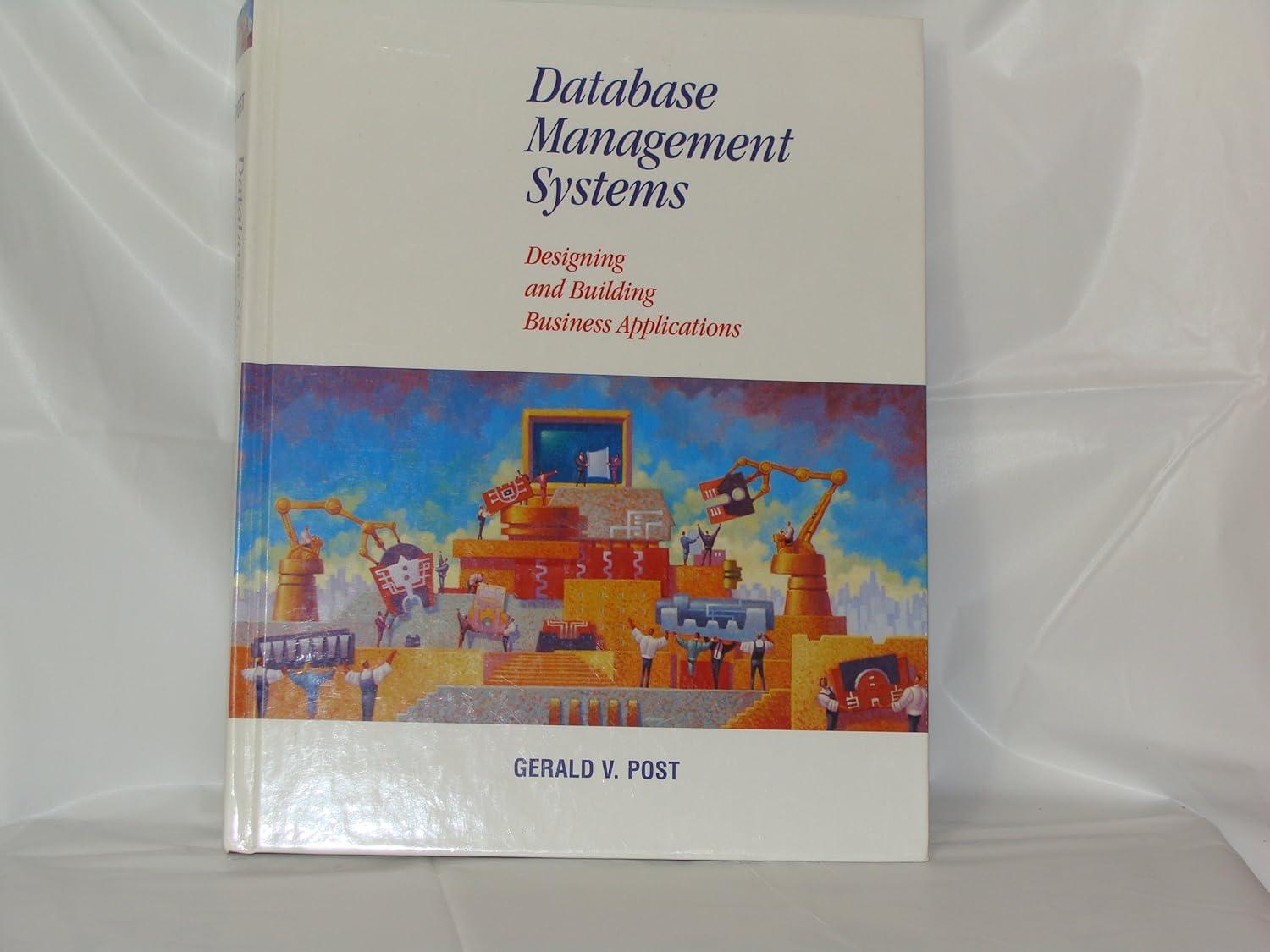| | attaching the function to an object property. 2. n JavaScript, it is possible to have optional arguments if... | | the code is running in strict mode. | | | the function is recursive. | | | you create the behavior in your function declaration. | | | using the keyword "optional". 3. What kind of data can be passed into a function without changing the original value? | | Primitive data types such as strings, booleans, and numbers. | | | Any data can be passed into a function and will remain unchanged. 4. Which of the following statements are NOT true of functions in JavaScript. | | Functions can be defined inside other functions. | | | Functions do not have to have a return value. | | | Functions cannot be run without supplying the correct number of arguments. | | | Functions can be assigned to variables. 5. In JavaScript a function can be called... | | above where it is defined in the code. | | | only when it provides a return value. | | | only from the global scope. | | | only with the proper number of arguments. 6. The purpose of a function is... | | to ensure the program runs correctly. | | | produce side effects on the variables. | | | to structure programs, to reduce repetition, and to isolate sections of code from each other. | | | perform calculations on numeric data. 7. If you were to require an unspecified number of arguments to be passed to a function you would need to use the _____________ keyword in the function. | | parameters 8. How many arguments can be passed to a function? | | 2 Recursion is an process by which a function calls... | | a function that is contained within the function declaration. | | | a function that returns no value. | | | another function. 10. ECMAScript 2015 introduced the concept of default parameters so it is now possible to specify a default value in... | | the function head or function signature. | | | | | | | | | |






